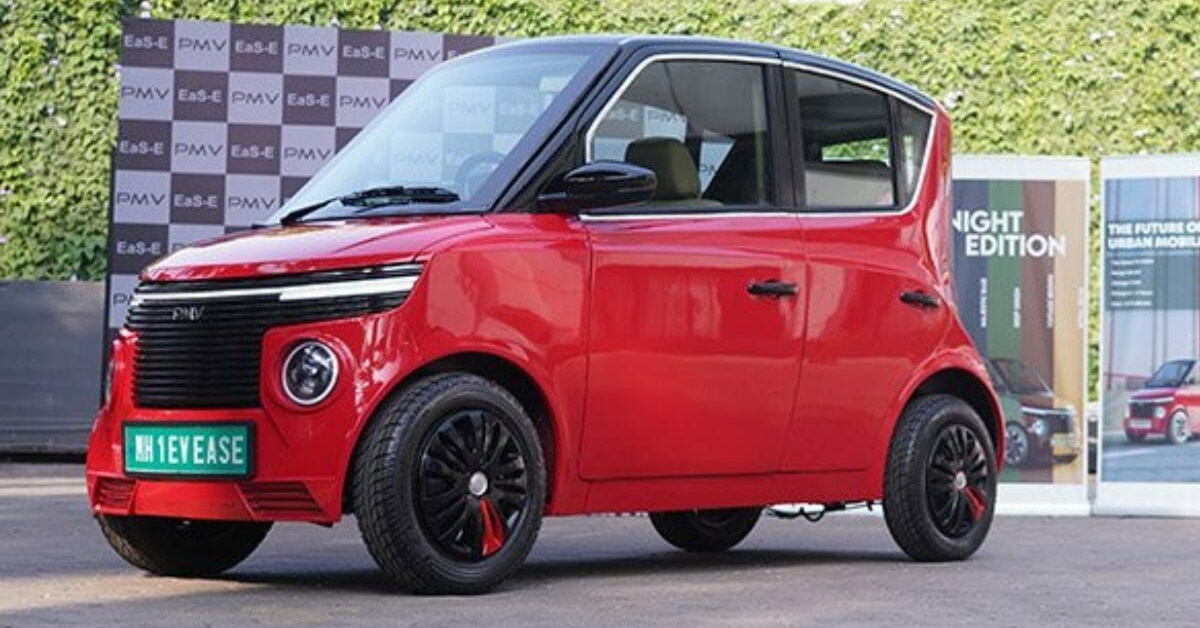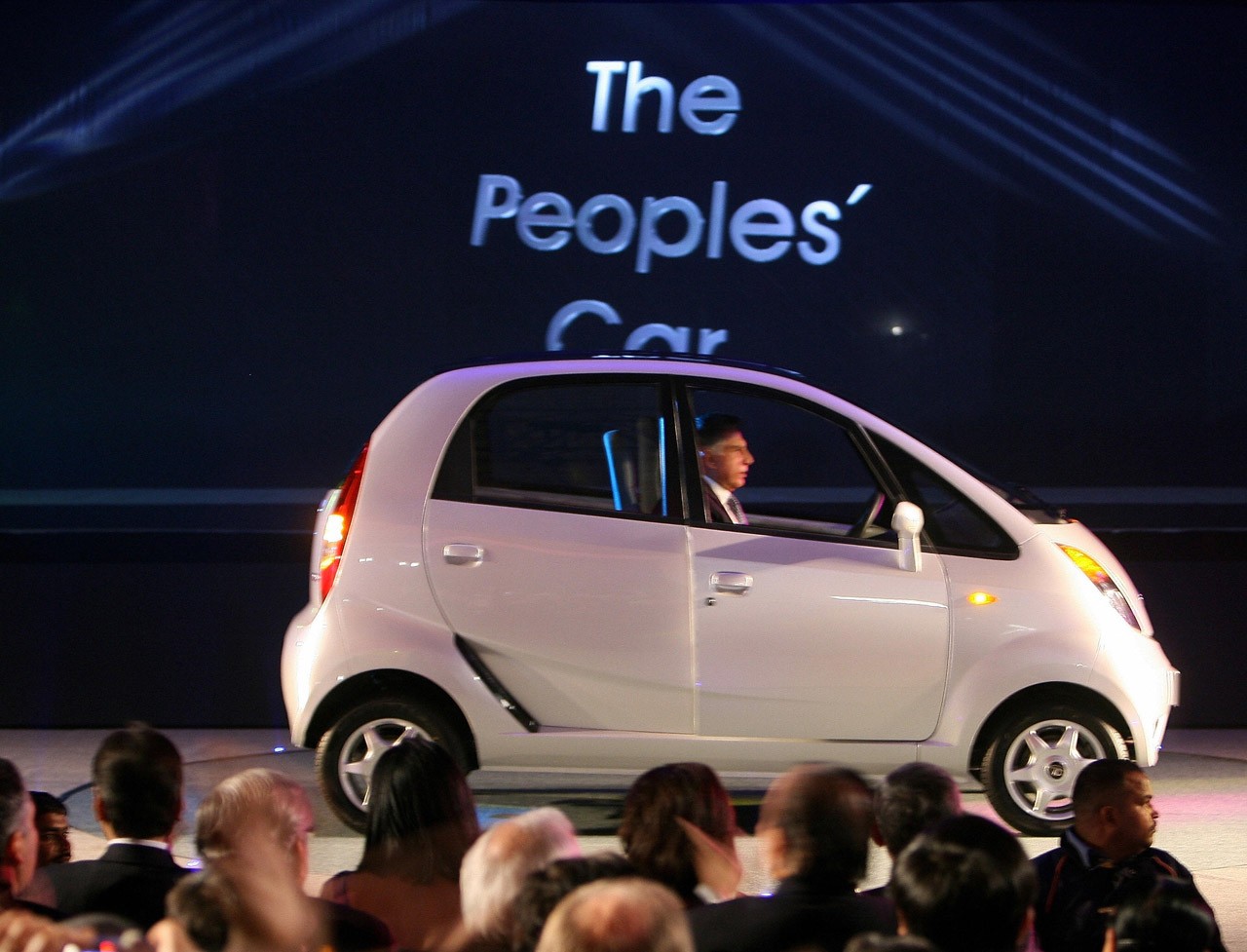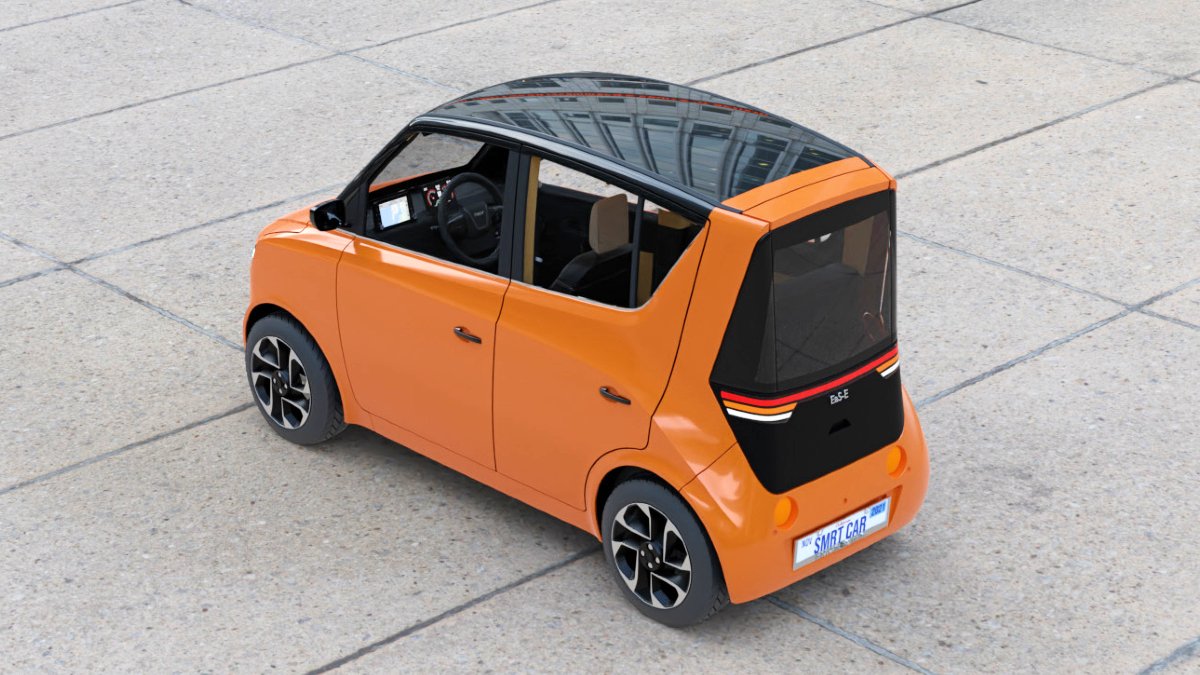India Embraces Microcars: Setting High Standards Beyond the Tata Nano Era with Enthusiasm

India Embraces Microcars: Setting High Standards Beyond the Tata Nano Era with Enthusiasm
In a significant shift towards urban mobility, India is once again setting its sights on microcars. The nation, known for its bustling cities and heavy traffic congestion, is eagerly anticipating the revival of the microcar market. However, this time, the Indian consumer refuses to settle for the lackluster reputation that plagued the infamous Tata Nano. Instead, they demand microcars that combine practicality, style, and safety, redefining the landscape of affordable transportation.

The history of microcars in India has been an intriguing one. The Tata Nano, touted as the “People’s Car” and initially hailed as a game-changer in the automotive industry, ultimately faced its fair share of challenges. Launched in 2009, the Nano aimed to provide a cheap and reliable option for millions of Indian families to own a car. Despite its promising beginning, it couldn’t shake off the stigma of being labeled a “cheap” vehicle due to compromises made in its design and quality to meet its ultra-affordable price tag.

Fast forward to the present day, and the Indian automotive market is undergoing a massive transformation. The push towards sustainable and eco-friendly transportation has led to a renewed interest in microcars. These compact vehicles are seen as a potential solution to mitigate traffic congestion and reduce the country’s carbon footprint, especially in densely populated urban areas.
One of the key driving factors behind the growing demand for microcars is the need for affordable yet efficient transportation. With increasing fuel prices and limited parking spaces, consumers seek a viable alternative to larger, more expensive vehicles. Microcars, with their compact size and superior fuel efficiency, present an attractive proposition for daily commutes and short-distance travel.
Safety has become a paramount concern for Indian consumers, and microcar manufacturers are responding to this demand. Gone are the days of compromising safety for cost-cutting measures. Modern microcars boast robust safety features, including advanced airbag systems, anti-lock braking systems (ABS), and reinforced frames, ensuring occupants’ well-being in the event of a collision. This shift has been vital in rebuilding trust among consumers who were skeptical of the Nano’s safety standards.
Moreover, the aesthetics of microcars are receiving a much-needed makeover. Indian consumers now seek vehicles that are not only functional but also aesthetically pleasing. Auto designers are focusing on creating microcars with eye-catching designs, sleek lines, and vibrant colors, catering to the Indian taste for stylish vehicles.
Another crucial aspect that manufacturers are addressing is the interior comfort and space. Microcars are often associated with cramped interiors, but the new generation of microcars aims to defy this stereotype. Innovative designs and space optimization techniques are being employed to provide a comfortable and spacious cabin for passengers, making microcars a viable choice for families as well.
One power player in the microcar segment is Mahindra Electric, an Indian automobile manufacturer, that is spearheading the transition to electric micro-mobility. Mahindra Electric has introduced several electric microcars, such as the eKUV100, that provide an eco-friendly solution to the country’s pollution woes. The integration of electric powertrains not only reduces greenhouse gas emissions but also lowers maintenance costs for consumers.

To tap into this burgeoning market, international automakers have also shown interest in providing India with top-notch microcars. These foreign players understand the potential of the Indian market and are willing to invest in research and development to cater to the specific needs of Indian consumers. The competition is heating up, and this bodes well for the end consumers, who are likely to have a wide range of microcars to choose from.
With the Indian government also incentivizing the adoption of electric vehicles and promoting indigenous manufacturing, the microcar segment is poised for exponential growth. Schemes like the Faster Adoption and Manufacturing of (Hybrid &) Electric Vehicles (FAME) and Make in India have given a boost to domestic microcar manufacturers, enabling them to create world-class products.
Furthermore, the ride-hailing and ride-sharing industry in India is also expected to play a significant role in the success of microcars. Companies like Ola and Uber are increasingly integrating microcars into their fleets, further increasing their visibility and accessibility to the masses. This exposure not only raises the profile of microcars but also provides potential customers with an opportunity to test these vehicles before making a purchase decision.
In conclusion, India is witnessing a paradigm shift in its automotive landscape as microcars make a powerful comeback. Gone are the days when Indian consumers would settle for subpar options. The demand for affordable and stylish microcars that offer uncompromising safety features and environmental consciousness is at an all-time high. Manufacturers have taken notice of these demands and are striving to deliver top-notch microcars that are on par with international standards. As the microcar market gains momentum, it’s clear that India is ready to embrace micro-mobility in style, bidding farewell to the cheap-looking Tata Nano era for good.




